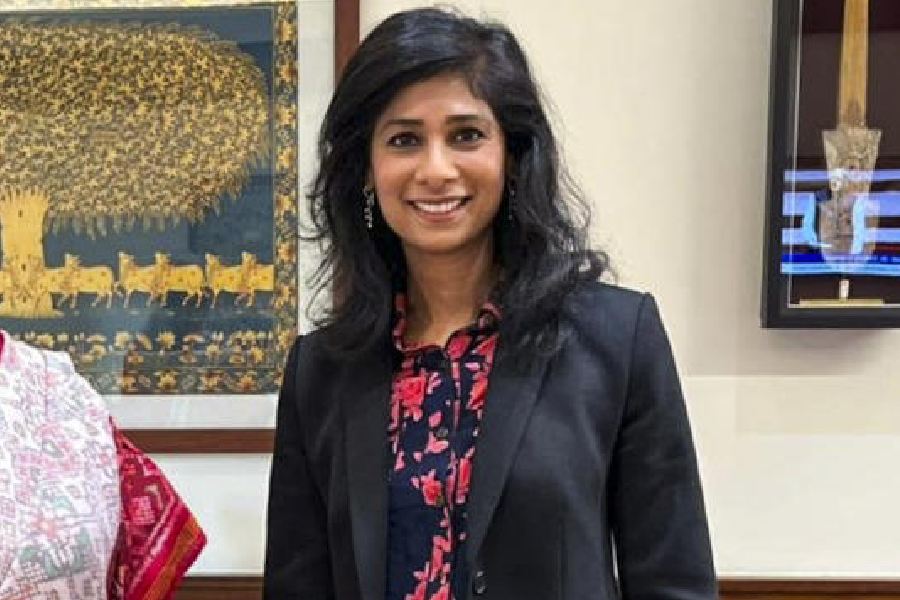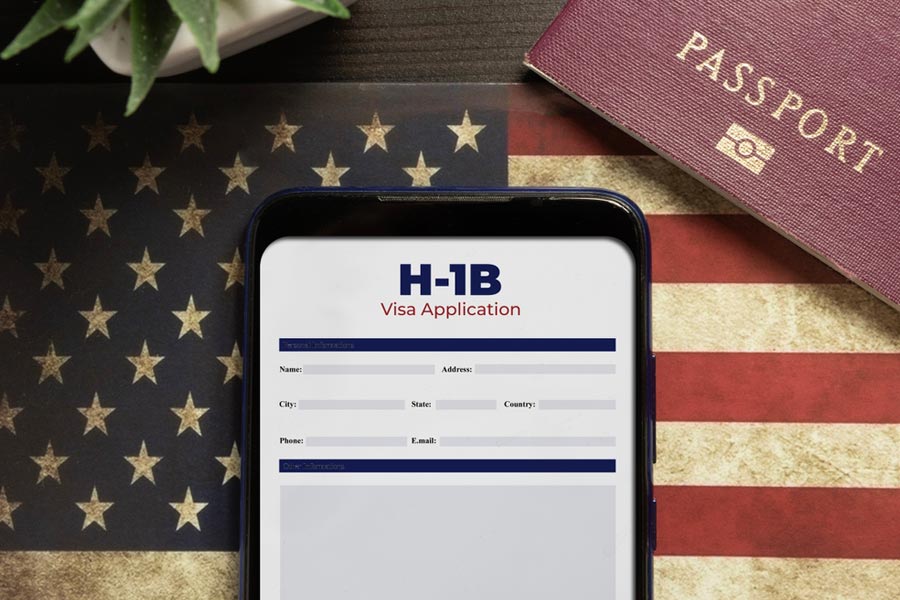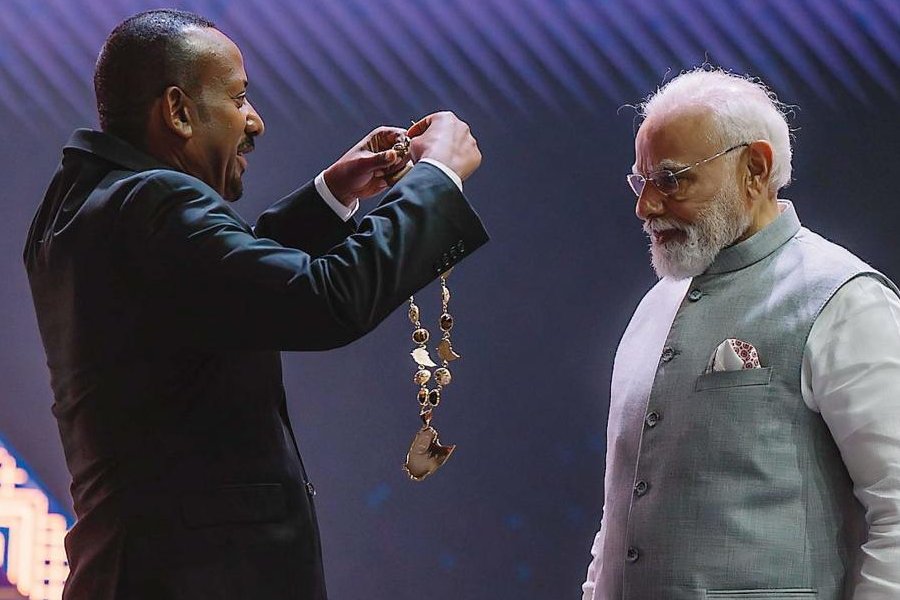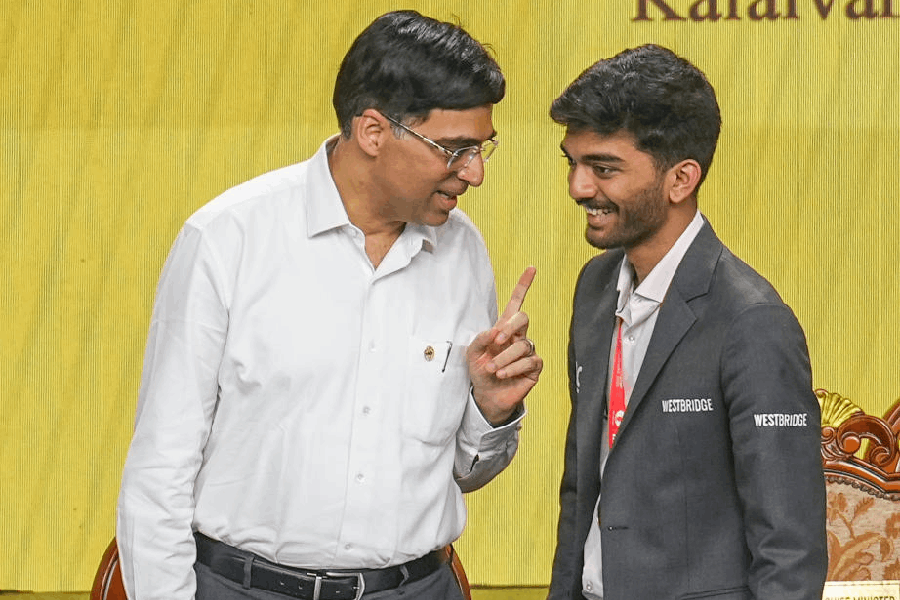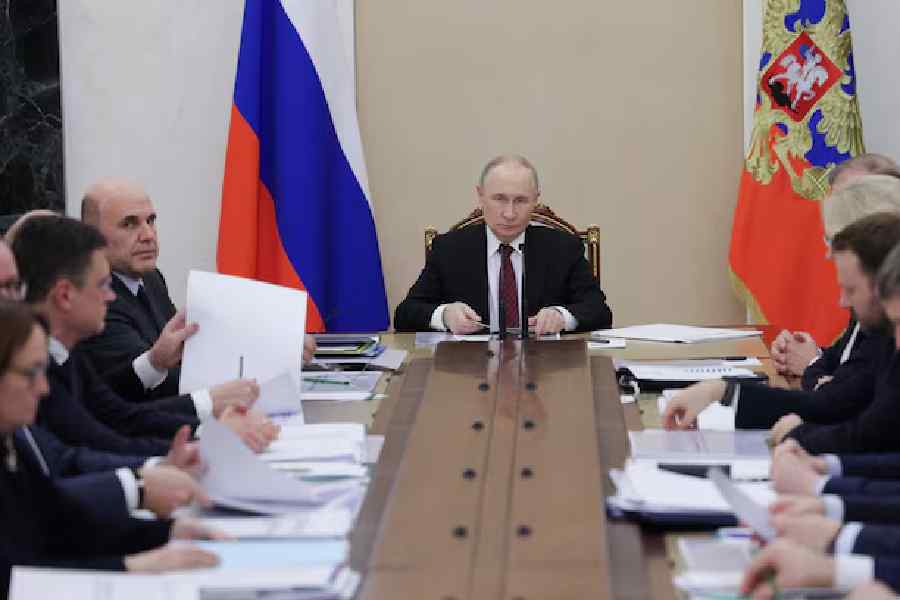 |
It was only early last year that Deborah and Raj Shetty, an Indian-American couple, had flown down to India to pick up their little princess at the lobby of a five-star hotel. Rajini, 4, was legally theirs, but only after three years of follow-ups with the local adoption agency and seven months of court procedures. Today Rajini is happily settled in the US.
The Shettys were fortunate to have narrowly missed the red tape laid out by India’s Central Adoption Resource Authority (Cara) after it lifted its six-month suspension on accepting fresh dossiers till this January. Cara’s new guidelines ensure that all adoptions are routed through its online network and adoption agencies authorised by it. The guidelines emerged from the need to weed out corruption among adoption agencies, which was famously illustrated by the Pune agency, Preet Mandir. The agency was banned from facilitating adoptions between April 2007 and July 2008 over charges of fraud and illegal adoptions.
But adoption agencies complain that the new guidelines are a big block to their work. “Previously, we’d find homes even for children who were bedridden, severely handicapped or HIV positive, mostly in Sweden,” says the head of a reputed adoption agency in Mumbai, requesting anonymity. “Because of one bad egg we now have more rules and the child is forgotten in the bargain,” adds Nilima Mehta, an adoption and child protection consultant.
The new system has its positive side. With the interface going online, local adoption facilitators who’d charge foreign couples as much as $10,000 have lost their shine. The Adoption Guide, a US-based site, says it costs $20,000-$35,000 for an American couple to adopt a child from India, as against $29,000 for a Chinese child and $28,000 for an Ethiopian child.
Last year alone, the US adopted 2,587 children from China and 1,732 children from Ethiopia, hopelessly outnumbering the 226 from India, according to the US department of state’s website. Over the last 10 years, the number of children adopted by the US from India has dropped by 51 per cent.
“In the old order, a child’s dossier would be circulated among three or four foreign agencies whose credentials we knew,” says Narendra Karaley, managing trustee of Renuka Shishu Gruha, a Pune orphanage. Now, not more than 100 prospective parents can be registered in a single month on Cara’s network. If a child cannot find a parent in India within 30 days — 10 days for children with special needs — he or she will be eligible for intercountry adoption. The new guidelines make it mandatory for 80 per cent of adoptions to be local, as against the earlier 50:50 ratio. “Couples in India can express their choice of a child but foreigners can only mention the age of the child they wish to adopt,” says Jaisita Panigrahi, managing trustee of Bal Vikas, an orphanage in Mumbai.
 |
The problem is that Indians are choosy about the child they adopt. “It is still very difficult for a very dark child to find a family in India,” Panigrahi says. Karaley, too, has come across many a dark couple asking for a “fair, healthy and plump” baby.
Few want “children with special needs” — those who are mentally or physically handicapped or malnourished — and older children and siblings in India. Panigrahi is yet to find families for the dozen mentally handicapped children at her orphanage, but views the trend with understanding. “It is expensive to care for a child with special needs. And then, who wouldn’t want a normal child?” Nowadays, however, with the waiting period stretching up to four years, non-resident Indians are also adopting dark children, siblings or those with mild heart defects or medical conditions, she adds.
But intercountry adoption is not without its downside. Identity is often an issue. “I’ve never known where I truly belong,” says Sheela, an Indian-born adoptee in Sweden. “I feel Indian in Sweden and Swedish in India; but in Sweden they say I’m not Swedish, and in India I’m told I’m not Indian,” she says.
In the seaside town of Falkenberg, where Sheela was raised by her working-class white parents, she’d often wish for blond hair and blue eyes, like her friends. “Many of them loved me but they mostly called me exotic — which I consider a racist remark,” says Sheela. She married a Swede so that she could “feel one with Swedish society”, but ended up feeling “less” Swedish. However, with her present husband, an African, she feels “both, Indian and Swedish,” she says.
In contrast, Vivek, 15, who was adopted by an Indian-American couple in San Francisco, says the locals treat him “just normal” and his white grandparents introduce him simply as their grandson. A confident boy who plays the piano with the flourish of a pro, Vivek rarely asks about his past and is only “mildly curious” about his mother, says his mother, Sharmila.
Sheela yearns for the woman who left her as a one-and-a-half-year old on the doorstep of the Mumbai orphanage, Asha Sadan. “I would love to listen to her story and share my life with her,” she says.
The right of the child to know his or her origins is embodied in Article 7(1) of the UN Convention on the Rights of the Child, and adoption agencies must facilitate a child’s root search, says Cara. However, if the biological parent requests anonymity, only the circumstances at the time of the surrender can be disclosed.
Over the last few years the state Child Welfare Committee has also made it mandatory for a photograph of the biological mother and child to be attached to the dossier at the time of surrender. Nowadays, a few mothers return to the adoption agency to ask about their children and in rare cases, even consent to meeting them, says Nigamma Mascarenhas, director of Family Service Centre, of the Archdiocese of Bombay.
One mother left a letter for her child and another, rosary beads with a message, “Your mamma loved you very much,” says Mehta. Others like Swedish banker Maria Zitting Nilsson have their adopted children’s birth certificates with the name of the biological mother.
Closure, however, does not always come with finding the mother, but also by getting a sense of her circumstances at the time of relinquishment, says Mascarenhas. Sheela’s search for her mother left her feeling “whole” and prepared her for motherhood. “I wanted to have someone who resembled me,” she says.
(Names of some people have been changed to protect their identities)


